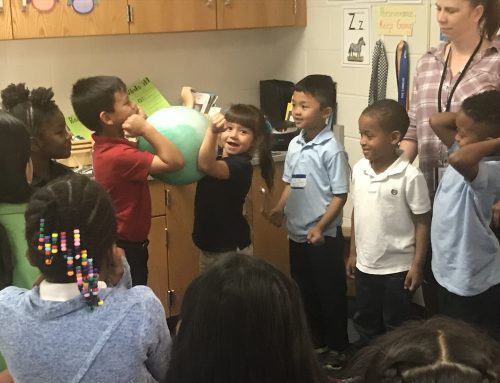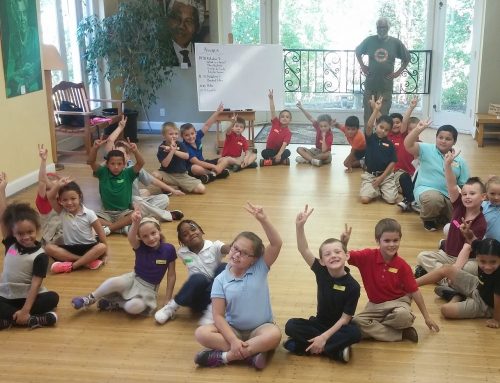Participants in Restorative Practices Workshops at Peace Learning Center are asked to dig deep and reflect honestly about how discipline is working (or not working) in their schools or organizations. One dean comments,
“It’s a total culture change. Sure, I can keep these kids out for three days, but there’s still going to be a problem when they get back so that solution doesn’t fix the problem.”
He goes on to explain that last year his school had 204 suspensions in 180 days of schools and this year they’ve only had seven suspensions. He explains that he has to be part of a lot of conversations with school staff asking them if their suggested consequence will “fix” the behavior. That question seems to encourage thought, but when punishment and suspension are the only tool we’ve seen used to address challenging behavior, we need to do what we can to show people that there is an entirely different way of thinking about and responding to these behaviors. One that not only allows us to get to the root cause of issues, but one that also can help us address disproportionality of discipline on students of color, unhealthy school culture, and the over-reliance of punitive discipline (among others). That is the world of Restorative Practices.
Another woman jumps in, catching where he’s going with his story, “Punishment doesn’t have to be a part of our solution.”
“Yes,” he says, as the rest of the groups nods their head in agreement. It’s clear that Kristina Hulvershorn, Director of Restorative Practices, who is leading today’s training, isn’t the only one in the room passionate about the subject.
These participants are not new to Restorative Practices. They have participated in previous trainings and have been tasked with implementing what they are learning in their own schools and organizations.
Kristina begins to recap some of the principles from their last training, reminding the group that” empathy is like flexing a muscle, the more opportunities to flex the muscle, the stronger it is and Restorative Practices can be the scaffolding for using empathy.”
Restorative Practices attracts the best of humanity working with our youth – people deeply passionate about seeing other people for who they are, meeting them where they’re at, and not expecting too little or too much out of someone. It requires removing your own ego and your own ideas about solutions and making room for the participants to do that important work themselves.
She tells the group a brief story of a recent Restorative Conference she facilitated in which a student had become violent to his teacher, in front of all of the students. Because Restorative Practices works to repair the harm done to all parties, a child representing his classroom, his parent, the teacher, the child who was doing the harm, some additional school staff and that child’s parents. At the close of the conference, the parent representing the other children in the classroom hugged Kristina and told her, “This makes so much sense now. I get why this school is using Restorative Practices. Now I can see that child is someone else’s baby.”
“Every time I am part of a circle I am reminded of how powerful this work is and I’m reinvigorated to do whatever I can to make sure this is a tool, a gift, that can be offered to as many children and adults in our community. It’s powerful because it works.”
Did I mention this was only 20 minutes of the training? For more passionate, engaging conversation on how to change school, business, and home cultures through Restorative Practices, join us for a future training.


It sounds intriguing. I wish you’d give a more detailed example
Hi, Marti! This training lasts 7 hours so it’s hard to condense into a small blog post, but be on the lookout for more posts around this particular training in the future. Also, please check out our events page if you’d ever like to join one of the trainings here at Peace Learning Center.